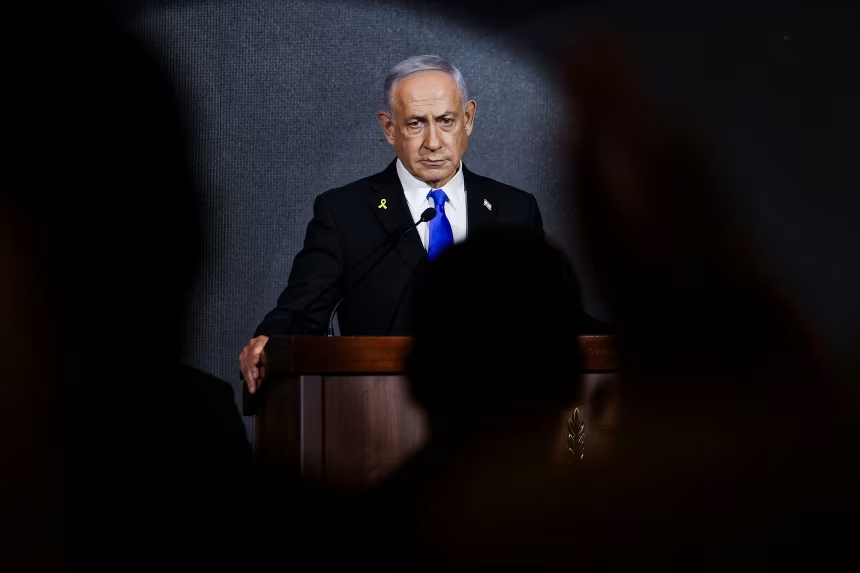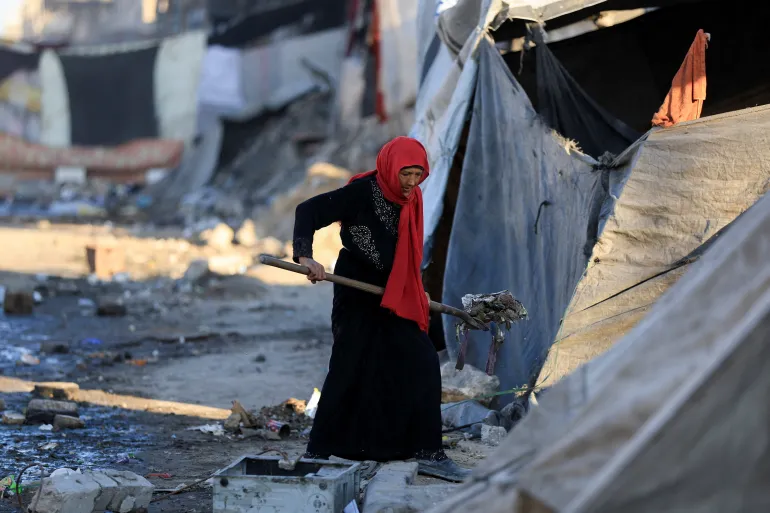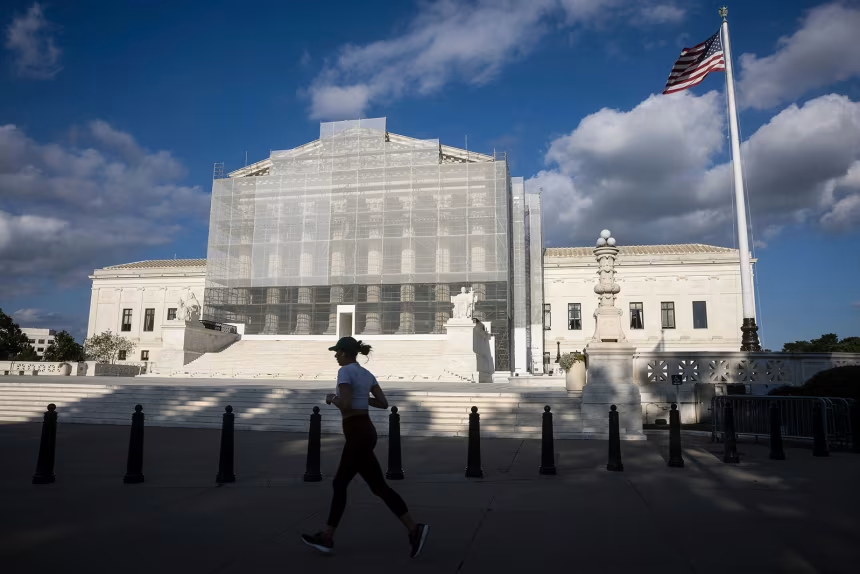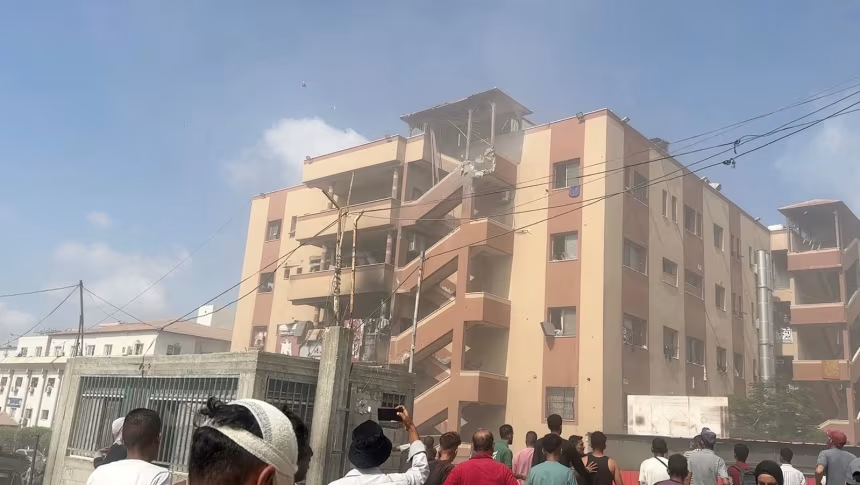Efforts to secure a broader ceasefire in Gaza are intensifying as President Donald Trump increases U.S. involvement in negotiations and Israeli Prime Minister Benjamin Netanyahu faces mounting pressure over the humanitarian catastrophe unfolding in the enclave. The latest talks aim to move beyond temporary pauses in fighting and instead create a framework that could fundamentally reshape the conflict between Israel and Hamas.
President Trump has dispatched his special envoy, Steve Witkoff, to meet with Netanyahu and regional leaders in an attempt to push for a more ambitious agreement. At the heart of the proposal is a multi-layered plan that would see all remaining hostages released, Hamas disarmed, and Gaza demilitarized under international monitoring. Trump has argued that the fastest way to end the bloodshed and humanitarian suffering is for Hamas to lay down its arms and return all hostages, a position that echoes Israel’s demands.
The timing of these talks is critical. Gaza is on the brink of collapse, with famine officially confirmed in Gaza City and international monitors warning that starvation will spread to southern areas such as Khan Younis and Deir al Balah by late September if immediate action is not taken. More than 600,000 people are at risk of acute hunger, and the death toll from malnutrition is rising daily. Aid organizations insist that a sustained ceasefire is the only way to allow food, medicine, and relief workers to reach civilians trapped in the conflict zone.
Netanyahu, however, remains under fire both internationally and domestically. His government has been accused of waging a campaign that deliberately endangers civilians and essential services. Critics point to airstrikes on hospitals, media offices, and densely populated neighborhoods as evidence of disproportionate tactics. Yet Netanyahu argues that Israel has no choice but to continue its operations until Hamas is eliminated as a military threat. Trump’s push for a broader agreement is seen as an attempt to provide Netanyahu with a diplomatic off-ramp while also framing the United States as the architect of a potential peace breakthrough.
The emerging plan differs from earlier short-lived truces that focused narrowly on exchanging hostages for temporary pauses in fighting. This time, the aim is a durable settlement: Hamas would be stripped of its weapons, Gaza would be demilitarized, and long-term security guarantees would be put in place for Israel. While Israeli officials support the framework, Hamas has resisted, arguing that surrendering arms without broader political concessions would amount to unconditional defeat.
Reactions from the international community have been cautious. Humanitarian groups have welcomed the possibility of a longer ceasefire but warned that it must not sideline broader political reconciliation or the pursuit of a two-state solution. Diplomats from Egypt and Qatar, who have mediated previous rounds of negotiations, are working closely with Washington to bridge the gap between the two sides. Latin American governments have also expressed support for U.S. efforts, marking an unusual global coalition around the talks.
For now, uncertainty hangs over whether the ceasefire plan will gain traction. The humanitarian urgency is undeniable, yet the political realities on the ground remain deeply entrenched. With famine worsening and hostilities intensifying, the coming weeks may determine not only the future of Gaza but also the credibility of international diplomacy in resolving one of the world’s most intractable conflicts.







